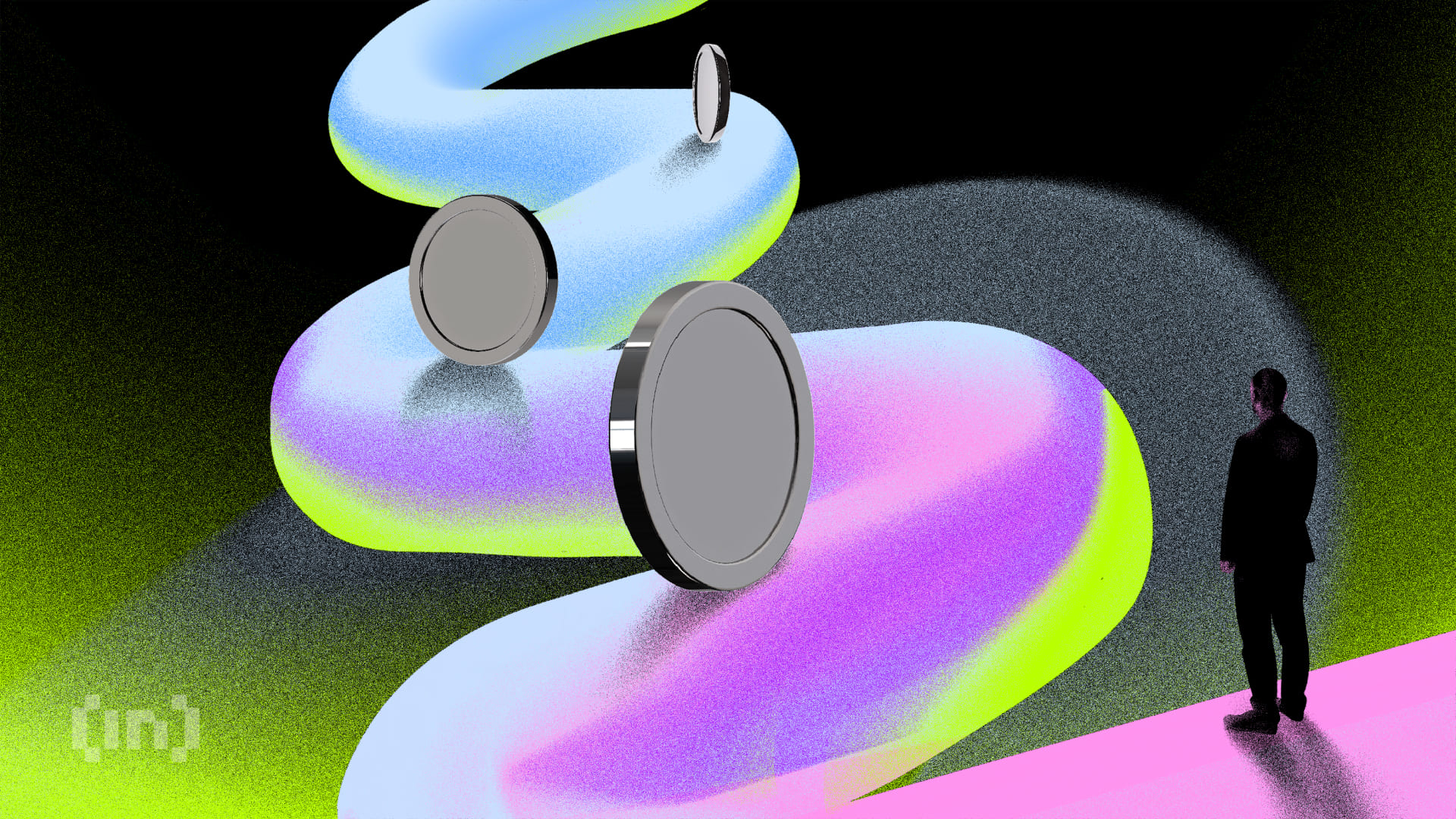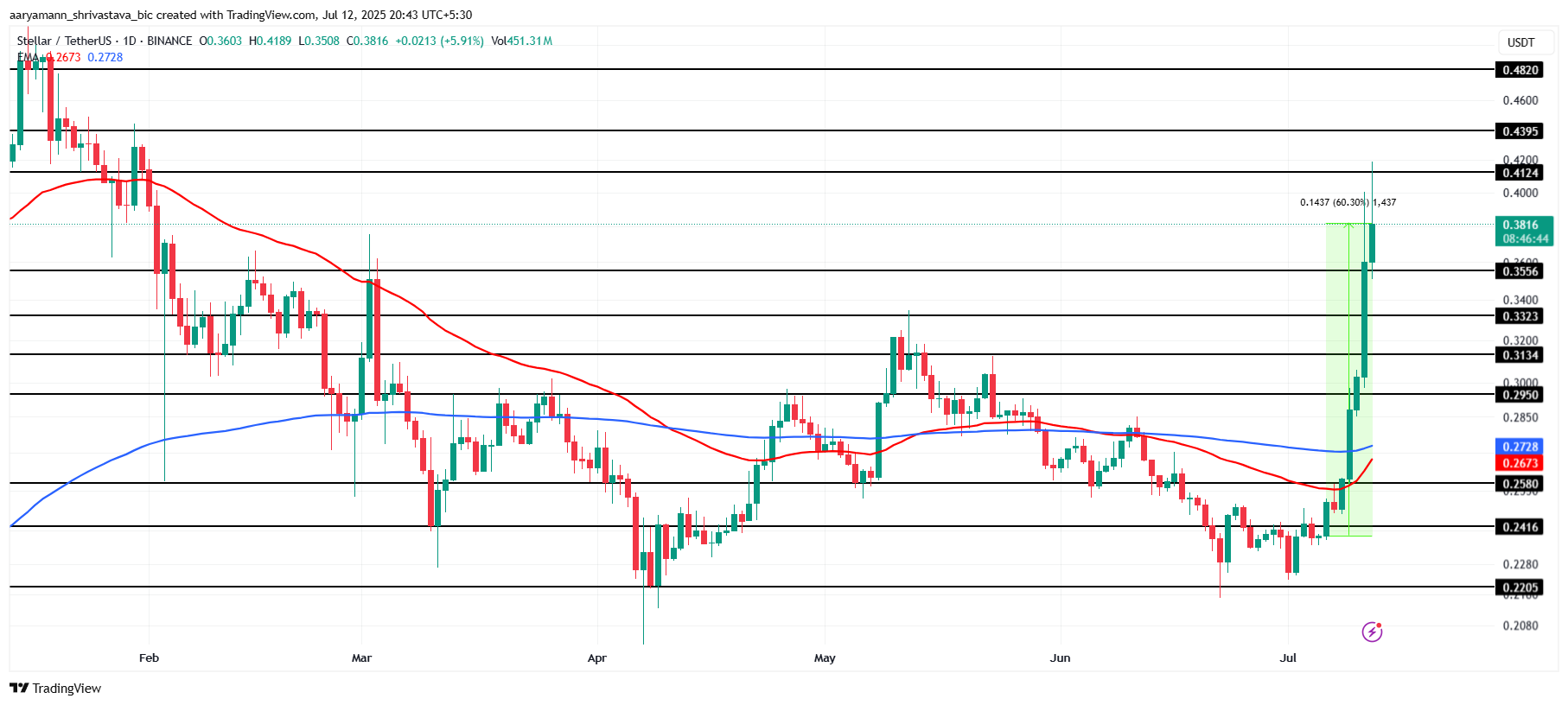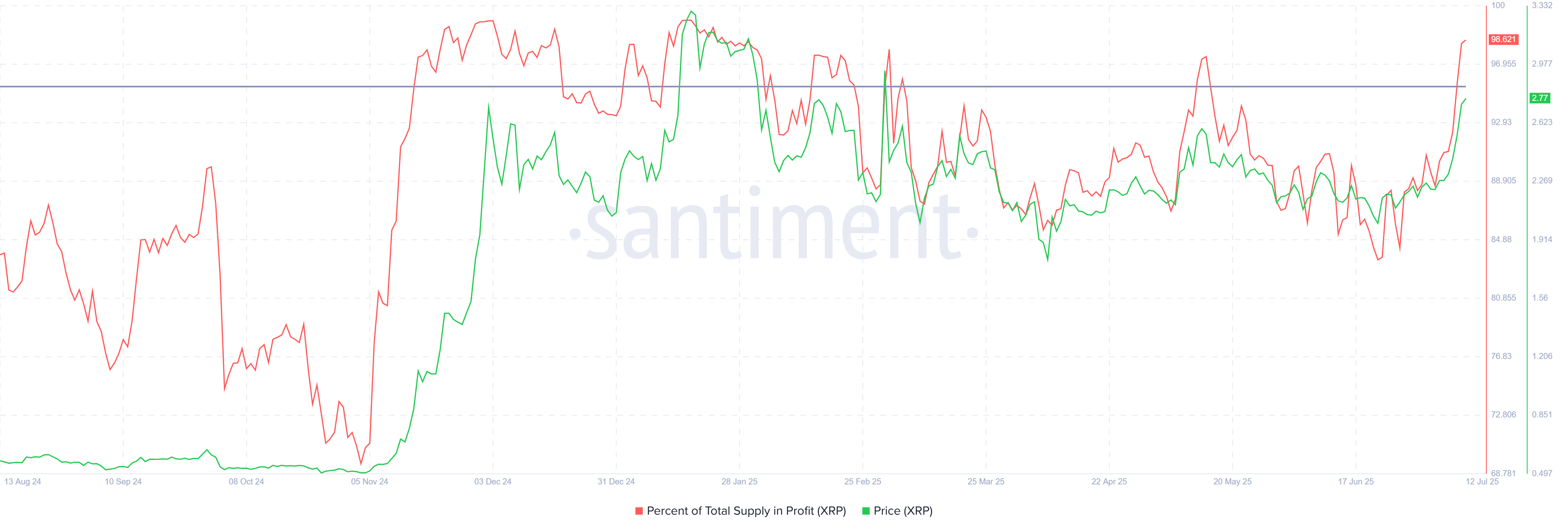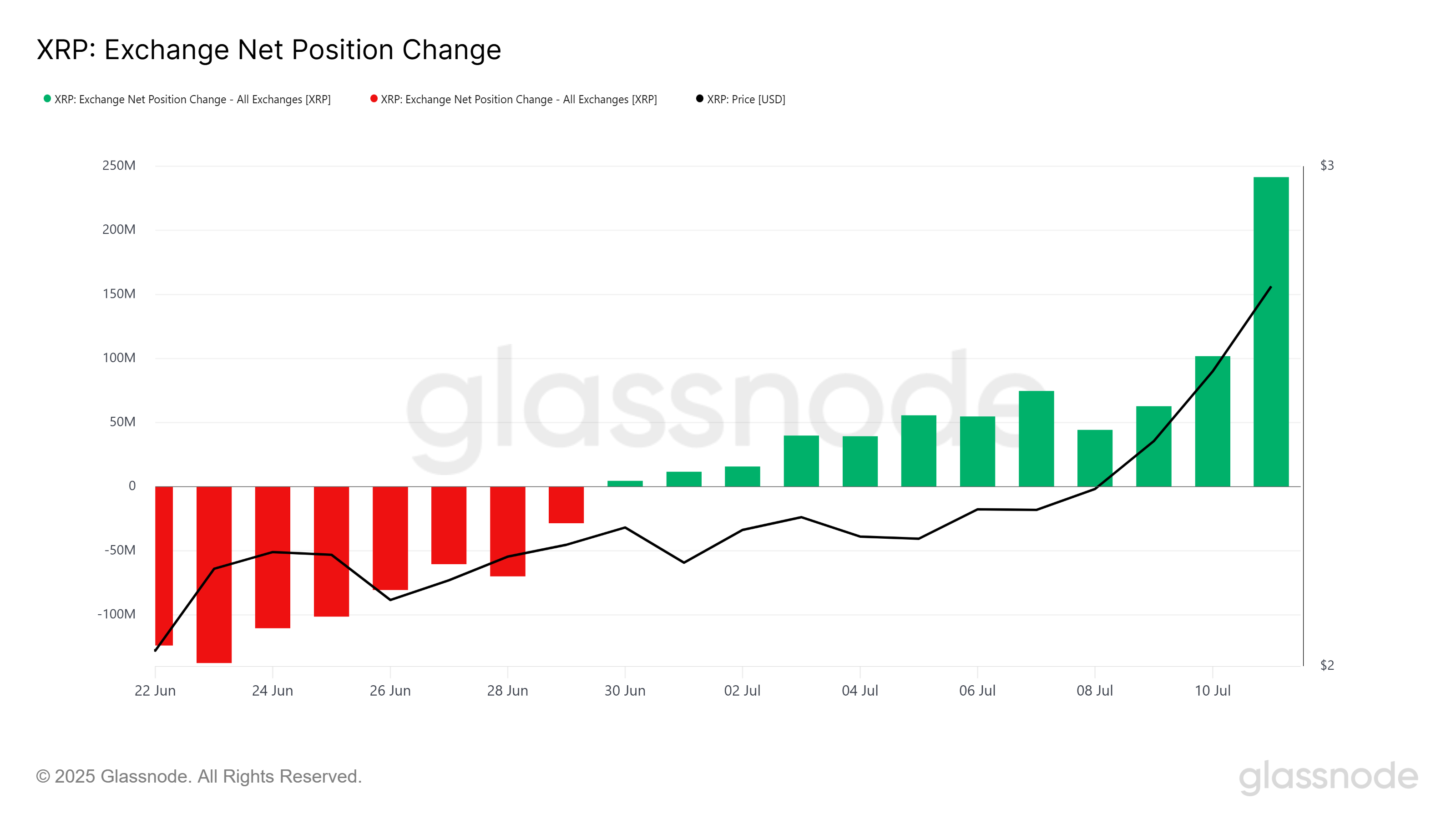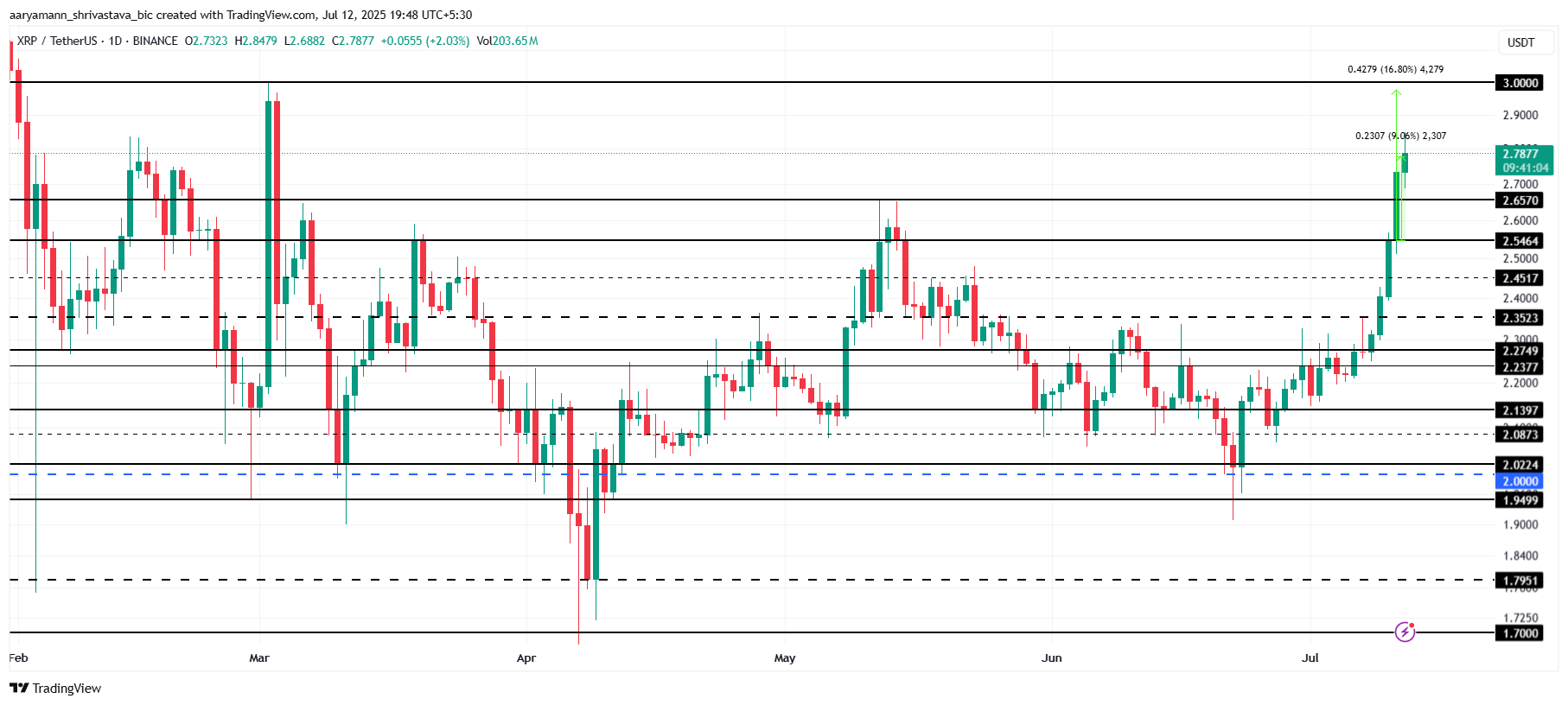Why Is Binance’s CZ Suing Bloomberg?

The post Why Is Binance’s CZ Suing Bloomberg? appeared first on Coinpedia Fintech News
Binance co-founder and former CEO Changpeng “CZ” Zhao is threatening legal action against Bloomberg over a report linking him to a stablecoin tied to U.S. President Donald Trump.
In a post on X, CZ slammed the article as a “hit piece sponsored by a competitor,” claiming it was filled with “so many factual errors” that he “doesn’t even know where to begin.” His fiery response has reignited debate over media accountability, crypto’s political ties, and the rising pressure surrounding digital finance.
Zhao Denies Ties to Trump-Linked Stablecoin
The Bloomberg report claims Binance developed the original smart contract code for USD1 – a stablecoin issued by World Liberty Financial (WLF), a company reportedly tied to Trump.
It also states that over 90% of USD1 tokens remain in Binance wallets, potentially generating tens of millions of dollars in interest every year. On top of that, it alleges Zhao requested a presidential pardon shortly after a $2 billion deal involving a UAE-based fund investing in Binance.
CZ rejected all these claims, hinting that he may sue Bloomberg for defamation. He also pointed to his past legal win against the publication, when Bloomberg’s Chinese-language edition publicly apologized in July 2024 for a false 2022 article accusing Binance of running a Ponzi scheme.
Trump’s Crypto Moves Face Rising Scrutiny
This controversy comes as Trump’s crypto ambitions draw more attention from U.S. lawmakers. His ventures – like World Liberty Financial, a memecoin, and crypto-friendly campaign funding – have raised concerns across both political aisles.
Three major crypto bills are currently under review in the House, including the GENIUS Act, which aims to regulate payment stablecoins. While Democrats were initially against the bill due to Trump’s involvement, it still passed in the Senate with bipartisan support, showing how far crypto has entered the political mainstream.
Zhao Pushes Back on WSJ Claims Too
This isn’t the first time CZ has clashed with the media. Back in April, he called out The Wall Street Journal over a report suggesting he agreed to testify against Tron founder Justin Sun as part of a plea deal with U.S. authorities.
“WSJ is really TRYING here,” Zhao wrote on X, sarcastically pointing out that government witnesses usually don’t serve time. He had already completed a four-month prison sentence in 2023 after pleading guilty to a felony in a U.S. settlement.
CZ even suggested WSJ journalists were paid to damage his reputation.
Crypto Twitter Stands With CZ
Zhao’s post triggered strong reactions on Crypto Twitter. Many users backed his decision to push back against Bloomberg, while crypto influencer Wendy O questioned why the outlet seems so fixated on CZ. The response reflects ongoing distrust between crypto communities and mainstream media.
What Lies Ahead for CZ
As Zhao fights to clear his name and Binance navigates regulatory hurdles, the crypto industry remains a battleground of legal, political, and financial tensions.
With Trump’s crypto ventures under the microscope and Zhao’s potential lawsuit on the horizon, this saga highlights the turbulent dynamics shaping the future of digital finance.
The post Why Is Binance’s CZ Suing Bloomberg? appeared first on Coinpedia Fintech News
Binance co-founder and former CEO Changpeng “CZ” Zhao is threatening legal action against Bloomberg over a report linking him to a stablecoin tied to U.S. President Donald Trump. In a post on X, CZ slammed the article as a “hit piece sponsored by a competitor,” claiming it was filled with “so many factual errors” that …


 BNB (@cz_binance)
BNB (@cz_binance) 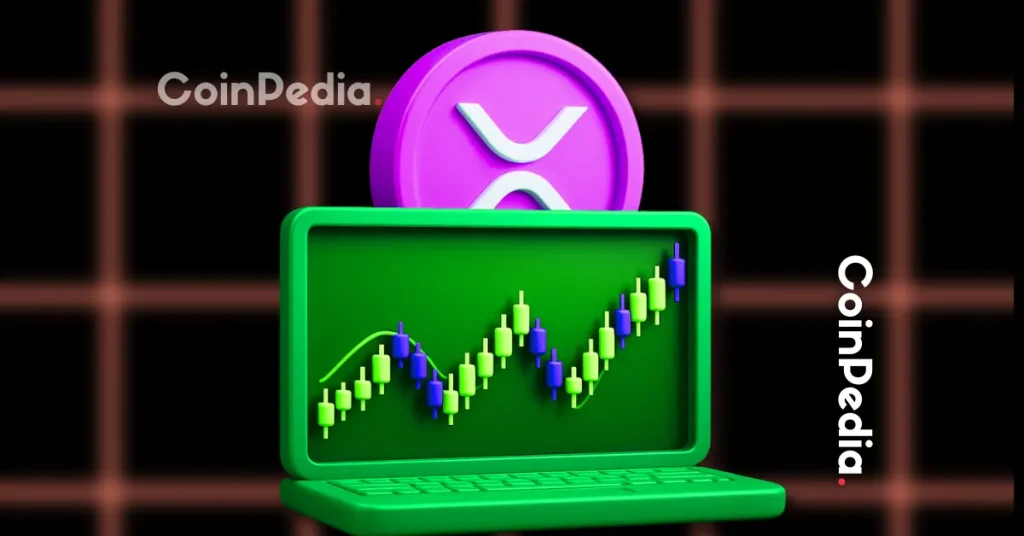
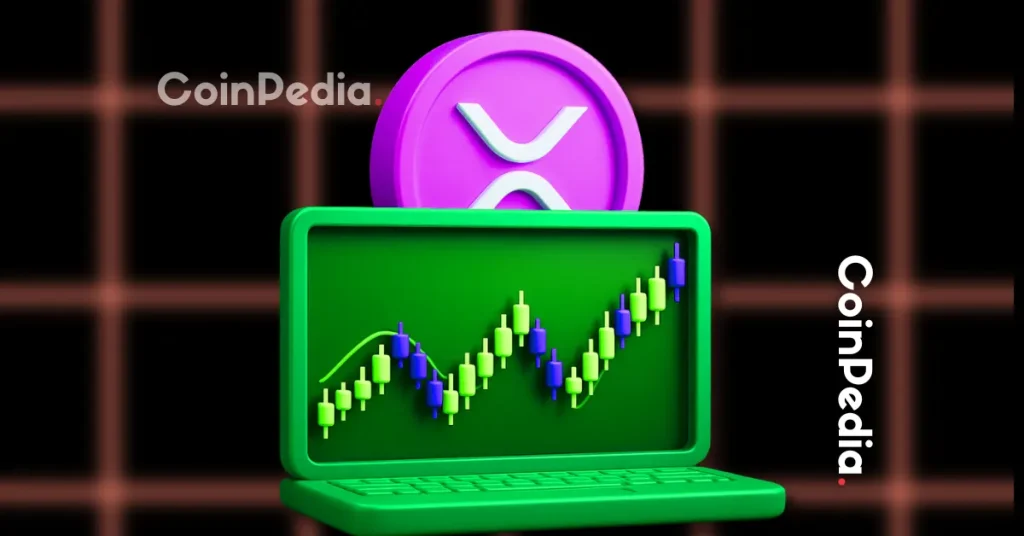


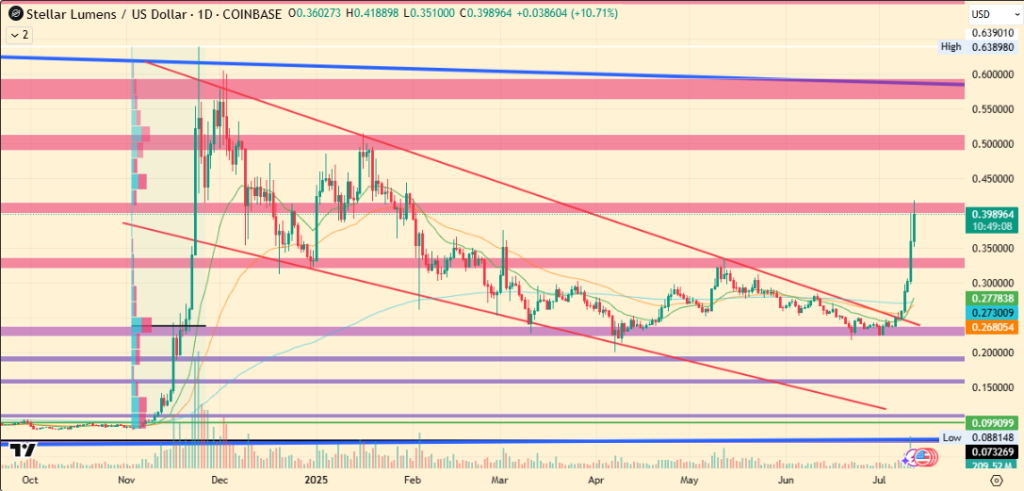

 ChartNerd
ChartNerd  (@ChartNerdTA)
(@ChartNerdTA) 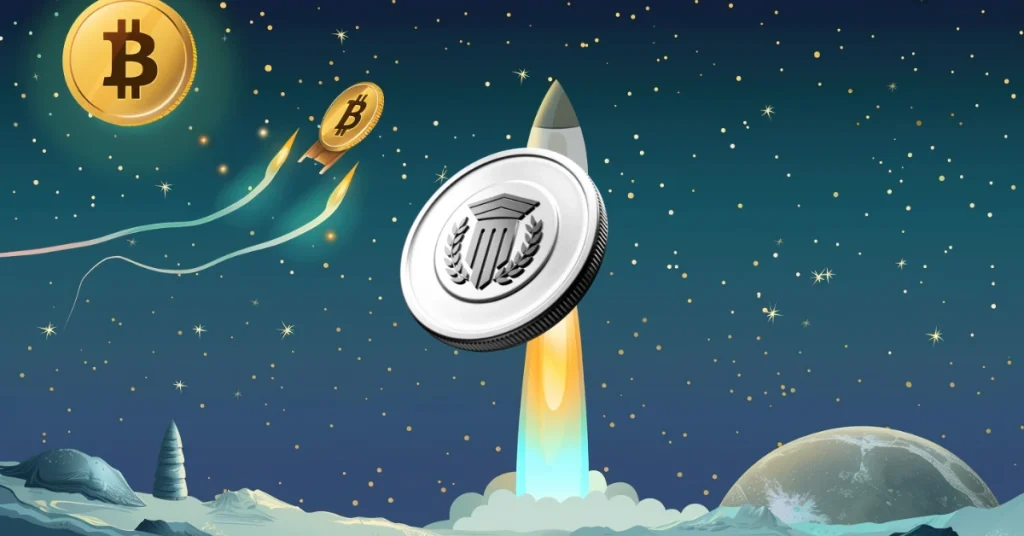
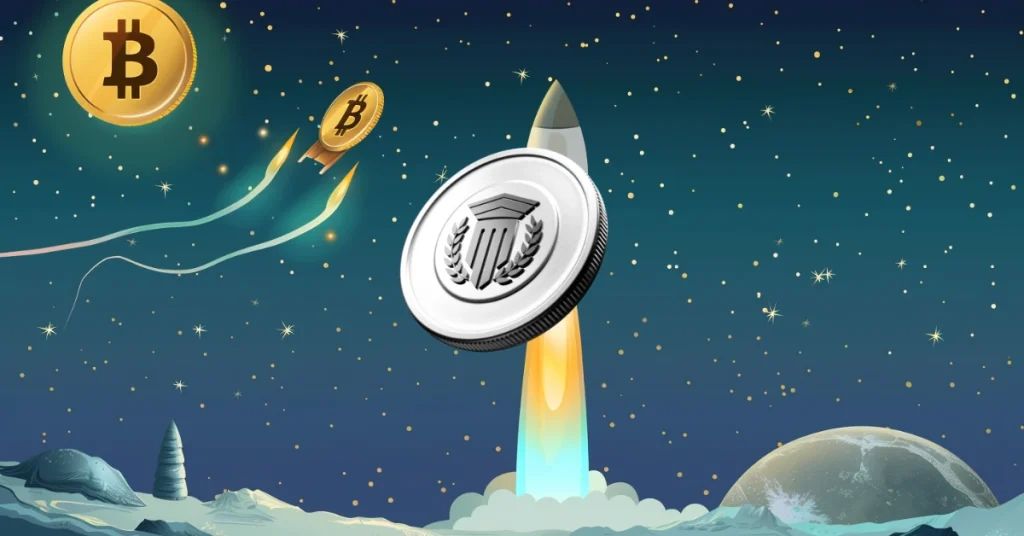

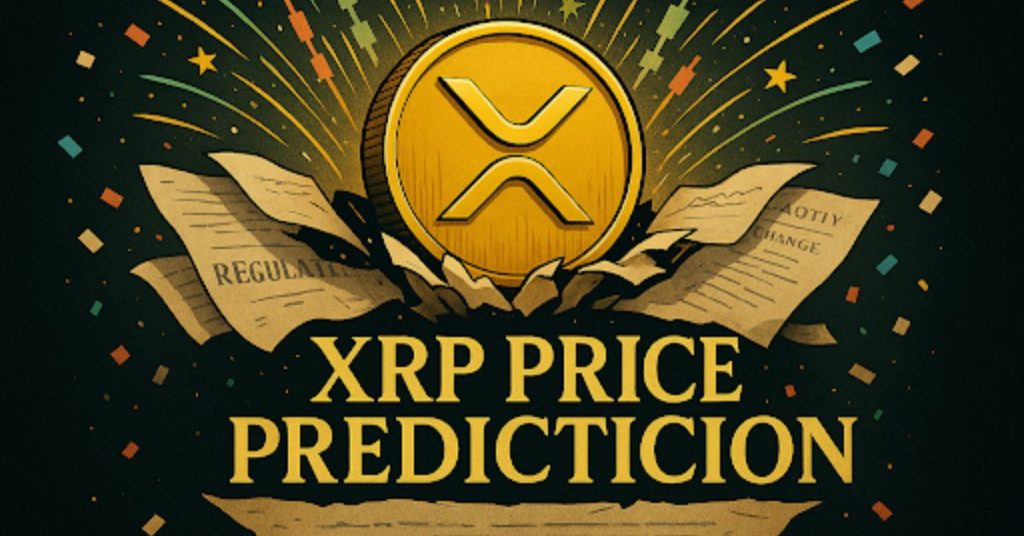
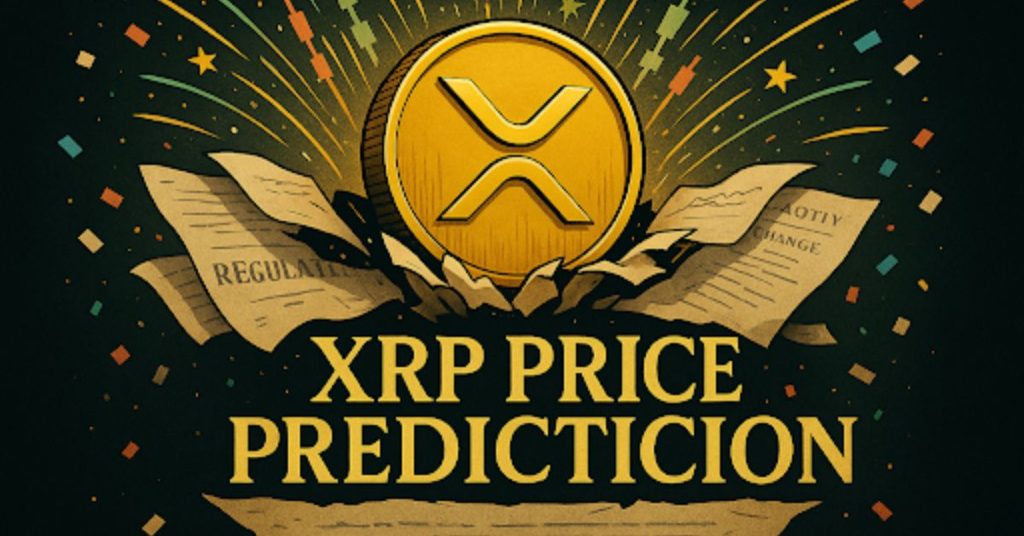

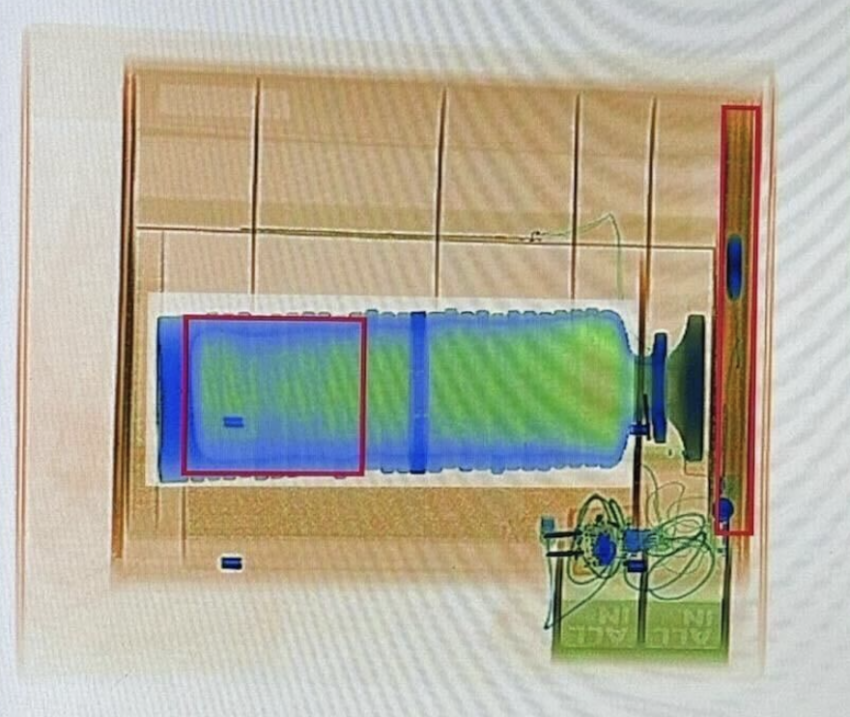

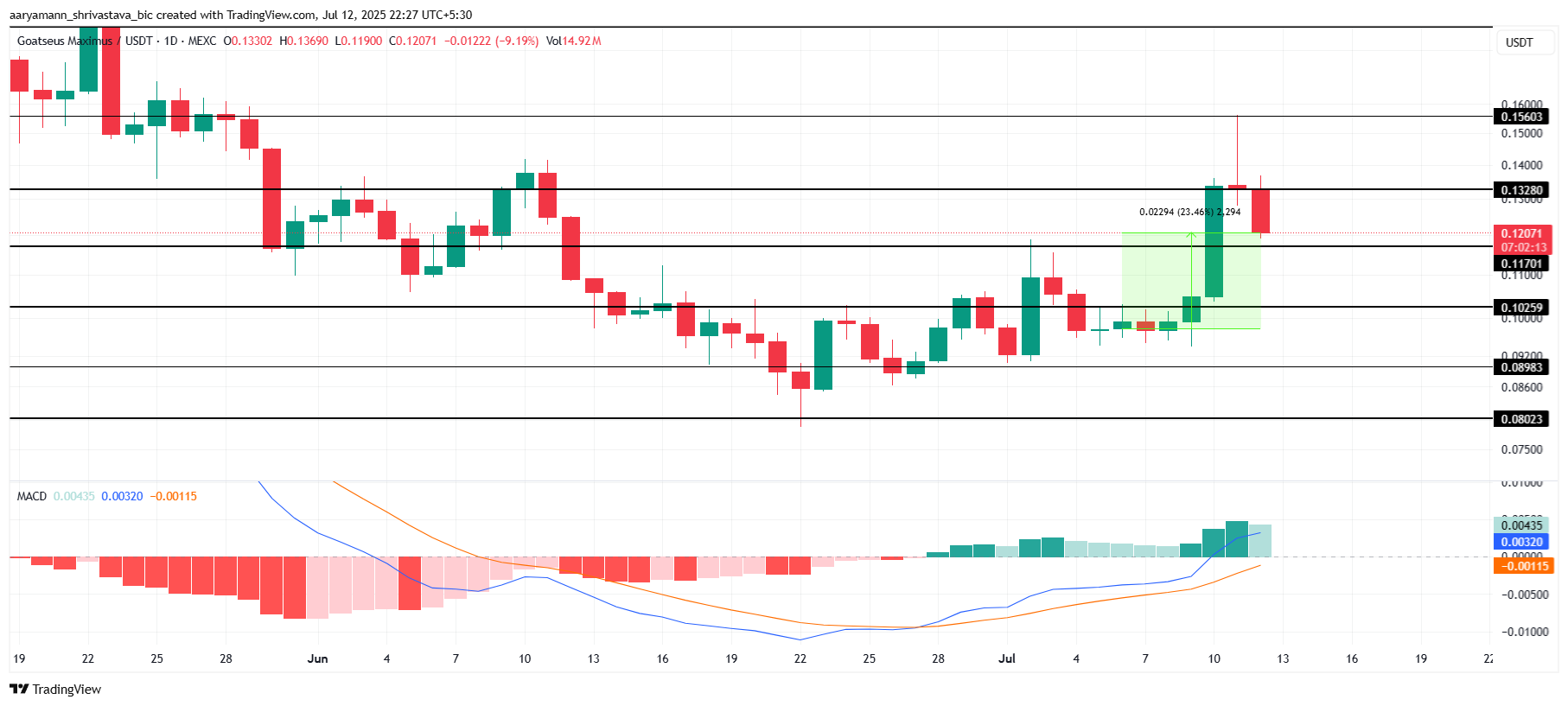
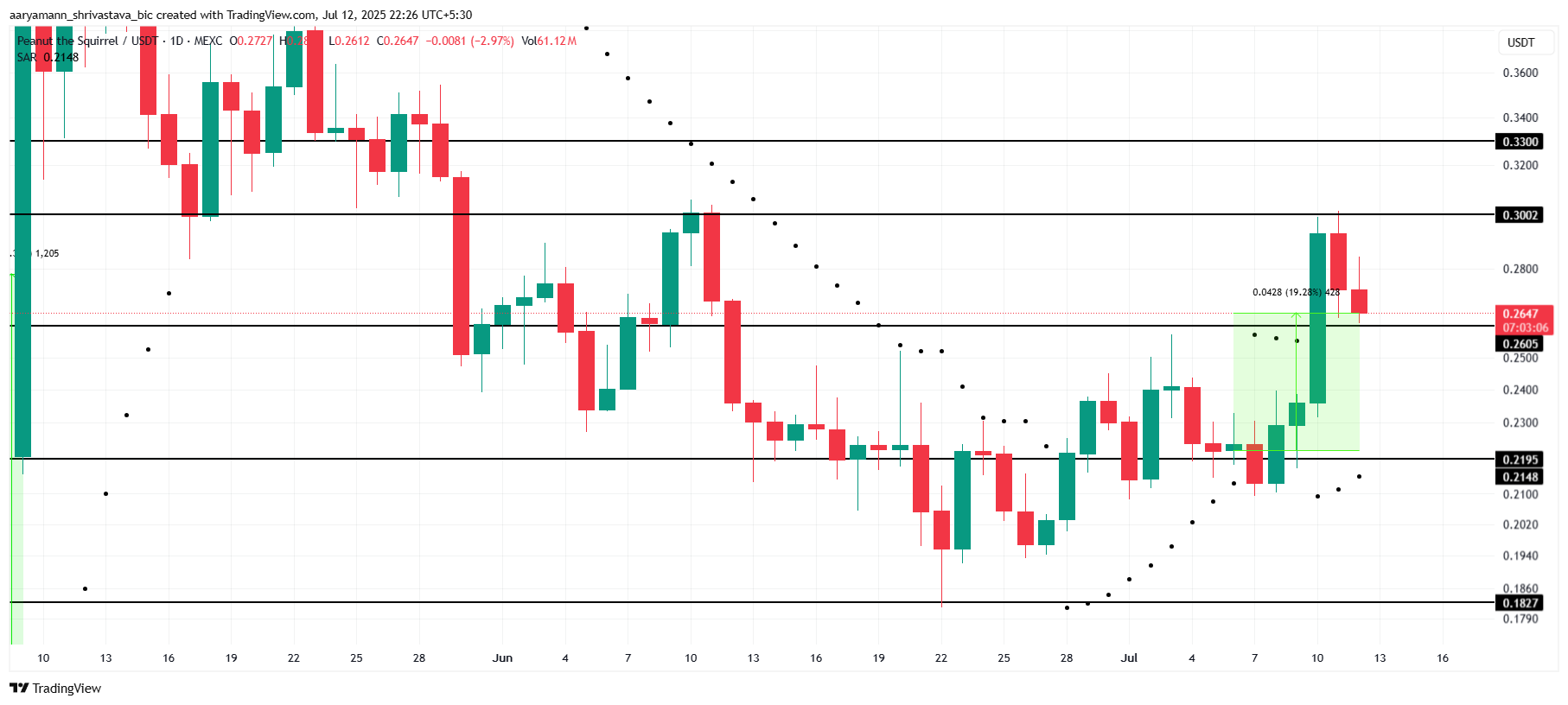
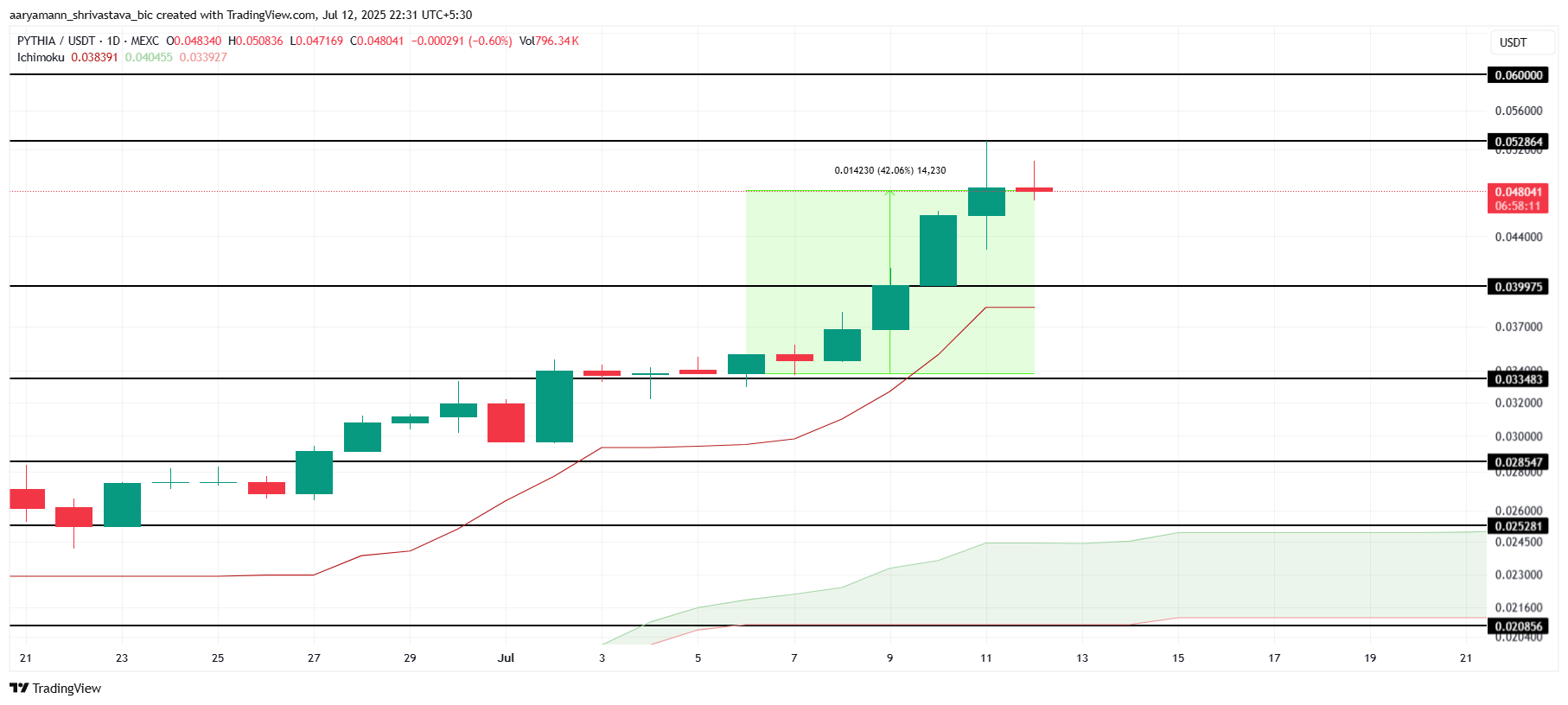


 (@KakashiAirdrops)
(@KakashiAirdrops) 
 (@basedkarbon)
(@basedkarbon) 